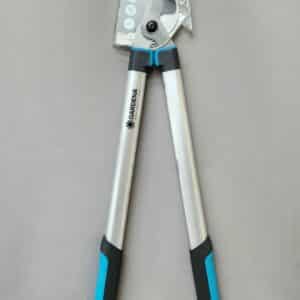Thinking of getting a rodent as a pet?
DIY and how-to

General care
Be sure to plan well and have your cage set up properly and food ready before you bring your pet rodent home so that you can simply put the box from the shop into the cage and release the animal. Don’t try to handle or get a response from your new pet the first day; let it get used to its new home. It will likely hide for a few hours or even days and gradually come out and explore, although the first explorations will probably be at night.
If you want to add a new pet to an established rodent colony, be sure to research your particular species first. Some rodents will do okay if they are allowed to get used to each other slowly, either by putting the established and the new animals together with plenty of food into a newly cleaned cage (this cuts down on territorial fighting by providing some neutral ground) or by placing the animals in separate cages next to each other for a few days before carefully testing putting them together.
If they aren’t fighting after the first day and night, the new animal will probably be accepted into the colony. But with some species of rodents, such as male mice and hamsters of either gender, a new animal may be attacked or killed despite your best
efforts.
All pets, even small animals such as mice, need daily care. You need to make sure that they have adequate food and water and that all the animals are getting access to both. Change the water in the water bottle at least every two days, whether empty or not, to keep it fresh and prevent algae growth.
You should change the bedding once a week, and if the animals use a particular part of the cage for a toilet clean out the dirty litter from that area more often. Your nose and your family will thank you, as will your pets.
If the animals are breeding, read up on whether you can disturb the nest area without risking that the mothers eat the babies. It’s a fairly common instinct in rodents if the babies smell of human hands or something strange.
To tame your pet rodent, you must handle it daily once it is acclimated to its cage and environment. When you begin, simply put your hand into the cage with your pet, let the rodent come to you, smell you, and decide that you are not threatening.
Don’t try to grab the animal or make quick movements that may frighten it. Once it is climbing on your hand without fear, you can scoop it up with your hand underneath its body so that its feet have a secure spot to stand.
Never grab a rodent around its body, or you may cause internal injuries. If you must hold onto the rodent to protect it from falling, grasp the tail as close to the body as possible and support its body with the other hand.
Wash your hands carefully with unscented soap before handling your pets. Unusual smells can frighten some animals, and food or perfume smells might make your pet confuse your finger with a snack.
Nearly all rodents live in nests built from dried vegetation and other things or in burrows. In
captivity some will need a deep litter substrate that they can burrow and nest in; others may need a nesting box. It’s important to know what is best for your species.
Don’t use cedar or pine shavings for rodents, as they can cause respiratory problems. You may also want to give your rodents materials other than litter to provide environmental stimuli and ease nest-building.
You might offer small pieces of cloth, untreated paper, string, and empty tubes from toilet paper and paper towel rolls. Small rodents will use the paper tubes for hiding places and tunnels and eventually turn them into nesting material with their gnawing.
All rodents gnaw to keep their ever-growing teeth worn down and sharpened, so your pet will need some untreated, non-toxic wood to chew. Be sure that the wood you get isn’t full of insects and hasn’t been chemically or pressure treated, and know the species of tree it is from and that it is non-toxic to small animals.
If you don’t give your rodents proper chewing material, you may be amazed at what they gnaw, from their water bottles to the wooden parts of their cage.
Exercise and fun are important, too, even to small rodents. Consider a rodent wheel so that your pets can run when they choose. Wild rodents run nearly everywhere they go, and the exercise of running will help keep your pets in top condition. If possible, buy a plastic wheel without spokes, as some small rodents have caught their tails in spoked wheels and had them broken.
You can probably think of other things that may amuse your pets; just be sure that they aren’t made of soft plastic or other materials that might injure your rodent when, not if, it tries to gnaw them.
You might also like
Shop online
-
PLASTIC SQUARE BLACK/GREEN POT 7CM X15CM
- R49.99
- Select options This product has multiple variants. The options may be chosen on the product page Learn More
-
PRUNING LOPPER
- R799.99
- Add to cart Learn More
-
- Sale!
MED ADULT 15KG
- Original price was: R1,599.99.R1,279.99Current price is: R1,279.99.
- Add to cart Learn More




